-
Leave that Window Hummingbird Feeder Up!
The fall hummingbird migration still has feeders popping! With most of the male Ruby Throats already in tow, females and babies are seeing less competition for nectar. They’re looking a bit plumper too as they prepare for the southward journey.
It’s pretty wild that even juveniles who’ve never made the trip, instinctively know to move south for winter – because they don’t follow mama and they don’t fly in flocks! The dwindling hours of daylight is their signal.
Nectar can be a little stronger this time of year as extra calories serve the birds well… they’re literally on a mission! So leave your window hummingbird feeder up, even if you don’t see anymore birds at the moment. Stragglers from the north may find an oasis at your place if fresh food is available for re-fueling.
To get an idea of the September-October migration, head on over to fall hummingbird migration (learner.org) and click the map to left. You can even submit your own comments about hummingbird activity at your place. Considered Citizen Science, the data greatly helps in tracking the tiny sprite’s movement.
If by chance you have a basin style window feeder, consider using it year-round for resident birds. Not filled with nectar, but mealworms, shelled peanuts, suet crumbles or similar. Remove the lid and your left with an ideal feeding tray!
We took an old plastic hummingbird feeder that started to leak (after a run through the dishwasher) and placed dried meal worms inside and hung from a branch. It was an instant hit with bluebirds, chickadees, titmice and warblers! Sure beats tossing a perfectly good feeder in the trash, huh? 🙂
Above all, leave at least one hummingbird feeder up for stragglers. There’s even documentation that some hummers stay year-round… in NC and even further north in MA. It’s a total myth that leaving feeders up will keep the birds from leaving… Mother Nature provides them with keen instincts far and beyond that of any two-legged creature!
-
What’s Really in Your Window Hummingbird Feeder?
Got a new window hummingbird feeder? Please fill it with the good stuff… read on:
One of the biggest myths about feeding hummingbirds is their food needs to be red. That one, along with leaving feeders up in fall will deter the birds from migrating. Neither are true, and the former may actually be hazardous to the tiny sprite’s health. Although no formal studies have been done to prove red dye #40 is not safe for hummingbirds… none have been conducted to say that it’s safe either!
Confirmed in Julie’s Zick’s recent blog post (yeah… she’s an expert) she’s got an interesting view on the subject: http://juliezickefoose.blogspot.com/2015/04/red-alert-for-hummingbirds.html
We’ve been encouraging folks to make their own nectar for years. Not only extremely economical, we believe hummingbirds prefer the home made solution over commercial mixes. 1 cup of sugar to 4 cups of water… it couldn’t be simpler!
Should you have any doubts or fears upon taking this leap from store-bought to home made, check out the new Nectar Aid. It’s the absolute easiest (and foolproof) way to make your own hummingbird or oriole nectar. Measure, mix and store it using one container, even the stirrer’s included!
Check out the demo video below, then watch some tiny sprites in action at this fun window hummingbird feeder!
-
Gear Up that Window Hummingbird Feeder
The southern trek approaches and hummingbirds instinctively know to fuel up for the long journey. As daylight hours become shorter, all migratory birds are preparing for their long flights south.
Because hummingbirds are so territorial, they seem to spend more time fussing over (defending) their claimed feeders than actually eating. This time of year can be a trip if you really observe the tiny sprites. Adding an extra feeder is most helpful, if you can add two… even better. Consider a window hummingbird feeder, or at least placing one of them within view from inside your home. It’s an ideal way to catch small glimpses of action here and there while going about your daily routine. If we could sit on the deck all day and just watch… many of us would, the sprites are that mesmerizing.
Migration is a frenzied time around feeders. In the Eastern part of the country, male Ruby Throats begin their journey first. So aggressive around feeders, it seems their lives depend on that nectar. Females and juveniles follow, but you’ll never see them in groups or flocks because they fly solo. Even first-timers follow the instinct Mother Nature gave them to fuel up and find better digs for winter. Some land in Mexico for the season, while others
journey further to Central and South America.
Nectar solutions can be a little stronger now as some recommend changing the ratio from the standard 1:4 to 1:3. One cup table sugar to three cups of water. The extra calories serve hummingbirds well in their quest to fatten up.
It’s also the optimal time for a swing! Say what? A hummingbird swing… really! Have you ever seen them? They’re hanging perches for the birds to rest while guarding their feeder. When we first installed ours, it seemed so-so, not a whole lot of action. But once the big migration was under way… omg, what a hoot! It’s the original, it’s Pop’s Hummingbird Swing and here’s the real story – enjoy!

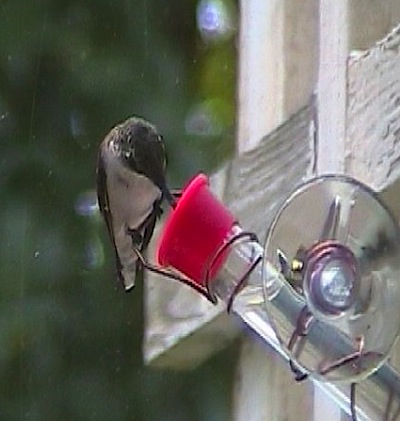
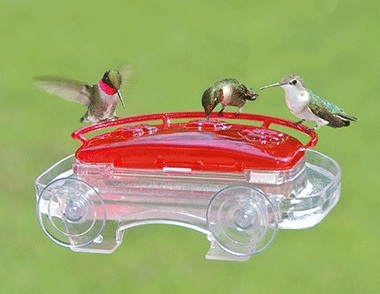
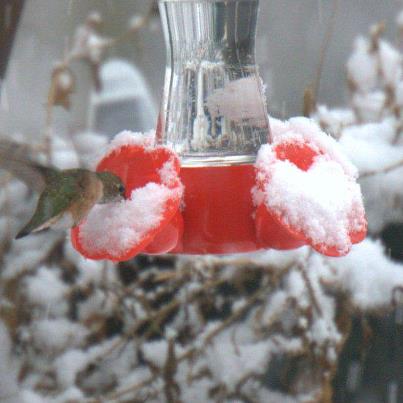
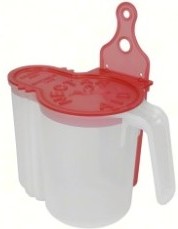
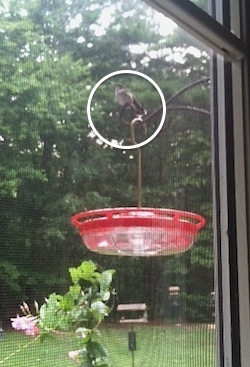
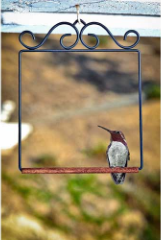 journey further to Central and South America.
journey further to Central and South America.